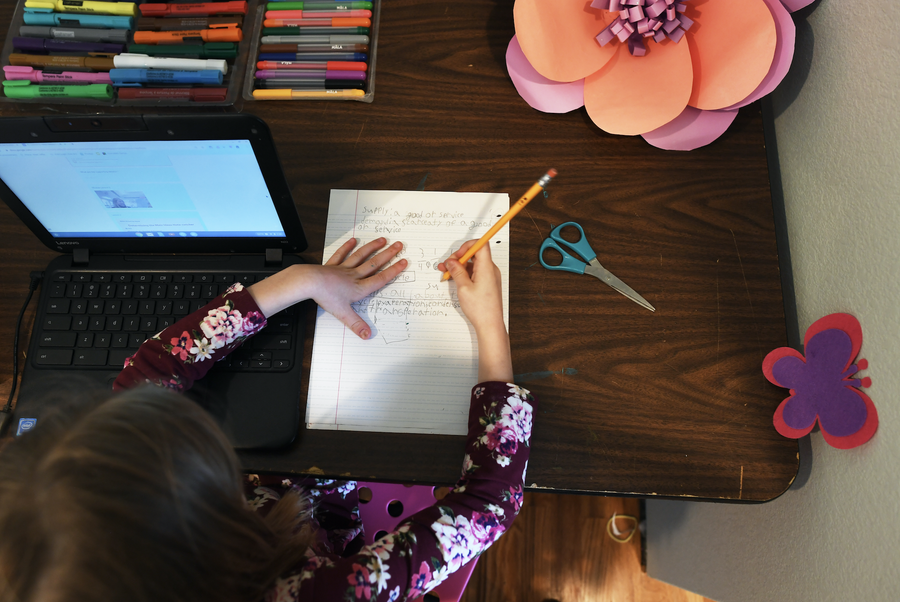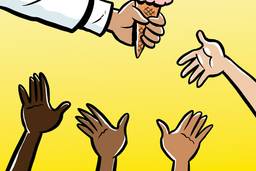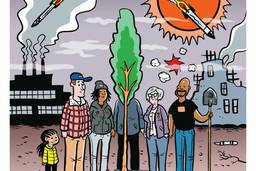10 Ways Remote Learning Is Failing Our Students
Returning to in-person learning poses many risks. So does staying at home.
Dayton Martindale

Schools across the country have begun reopening, either partially or in full, with predictably bumpy results. In Georgia’s largest school district, more than 250 employees have called in to report either a positive test or potential exposure, meaning they have to stay home. Students in multiple states have tested positive, sending their classmates home to quarantine.
The American Federation of Teachers said it would support “safety strikes” against school districts that reopened unsafely, and many of the largest districts are remaining remote for the fall semester. While this may be the safest choice for now, it is not without costs.
School closures pose a difficult childcare challenge, and remote learning is typically lower quality than in person. Many students lack the technological resources needed, and the already disadvantaged may fall further behind.
These 10 numbers give a sense of the scale of the problem, heading into the new school year:
- 1,725,082,528 students worldwide have been affected by Covid-19 school and university closures
- 50% of these students do not have access to a computer and more than 40% do not have internet access
- 7,000,000 U.S. students do not have home internet access
- 30% of U.S. Indigenous families access the internet only through a phone (if at all)
- 10,000 Boston public school students (more than 20%) did not register to log into class in May and may have dropped out
- 52% fewer K – 5 students in low-income households used the online platform Zearn Math in May than in January, while high-income students used it more
- 30% of yearly reading gains and more than 50% of yearly math gains could be lost for students who received no instruction since March
- 9 of the 10 largest U.S. school districts are in areas with positive Covid-19 test rates above 5%
- $1,778,139 in additional funding could be needed for pandemic-related staff and logistics to reopen an average 3,659-student district, yet many face cuts
- 62% of U.S. teachers, administrators and district leaders are at least somewhat concerned about returning to school
Dayton Martindale is a freelance writer and former associate editor at In These Times. His work has also appeared in Boston Review, Earth Island Journal, Harbinger and The Next System Project. Follow him on Twitter: @DaytonRMartind.









